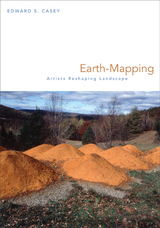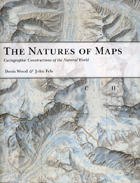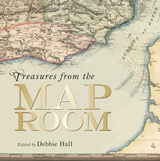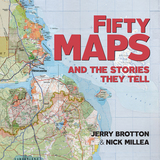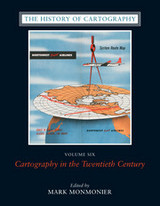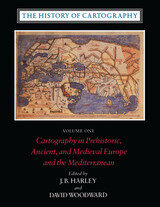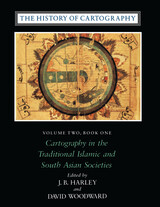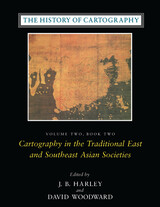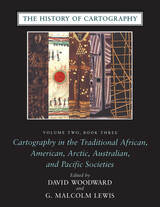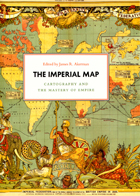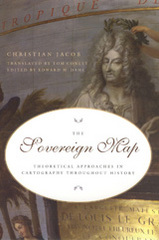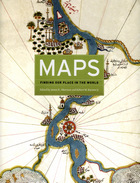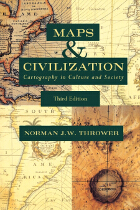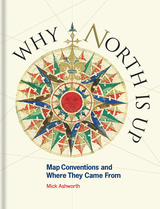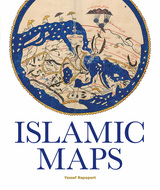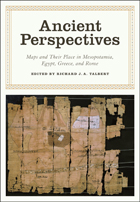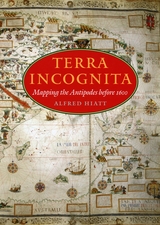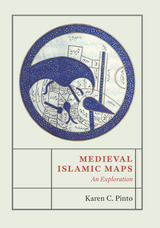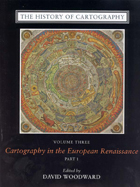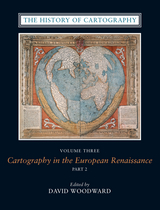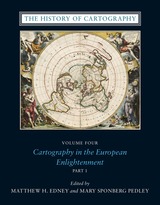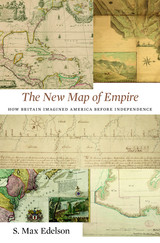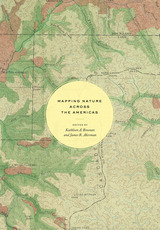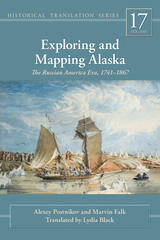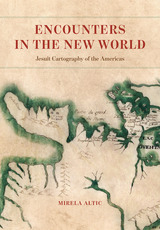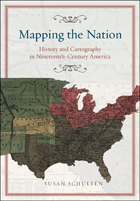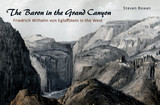Earth-Mapping: Artists Reshaping Landscape
University of Minnesota Press, 2005
Cloth: 978-0-8166-4332-5 | Paper: 978-0-8166-4333-2
Library of Congress Classification GA203.C37 2005
Dewey Decimal Classification 758.1
Cloth: 978-0-8166-4332-5 | Paper: 978-0-8166-4333-2
Library of Congress Classification GA203.C37 2005
Dewey Decimal Classification 758.1
ABOUT THIS BOOK | AUTHOR BIOGRAPHY | TOC
ABOUT THIS BOOK
Dutch world maps of the sixteenth and seventeenth centuries, with their decorative pictures and elaborate typography, stand in sharp contrast to the wholly practical maps of today, which emphasize precise detail and consistent scale. Art, since the Impressionist period, has seemingly moved in the opposite direction, toward a less realistic interpretation of the world around us. Edward S. Casey demonstrates that the disciplines of mapping and painting, long thought to have diverged, are again intersecting. Earth-Mapping describes the ways in which artists of the last half century have incorporated ingenious mapping techniques into their art works. Beginning with a reassessment of the pioneering earth art of Robert Smithson in the 1960s and 1970s, Casey follows Smithson's legacy in the works of Sandy Gellis, Margot McLean, and Michelle Stuart. He also explores the visions of the earth found in the abstract paintings of Richard Diebenkorn, Jasper Johns, Willem de Kooning, Eve Ingalls, and Dan Rice. Focusing on forms of mapping that depart radically from conventional cartography - particularly "mapping with/in," being with or in a place, and "mapping out," communicating that experience of connection with others - Casey shows how earth art and abstract painting respectively reshape our landscape and our view of it, drawing us in from our bird's-eye view of the grid of highways and roads. In these works, we come to see the earth as it is sensed, remembered, and reshaped by artists as they explore the effect of the landscape on humans and the human effect on the landscape, and as they demand a response to the changing world around us.
See other books on: 20th & 21st Century | Cartography | Casey, Edward S. | Criticism & Theory | Landscapes & Seascapes
See other titles from University of Minnesota Press
